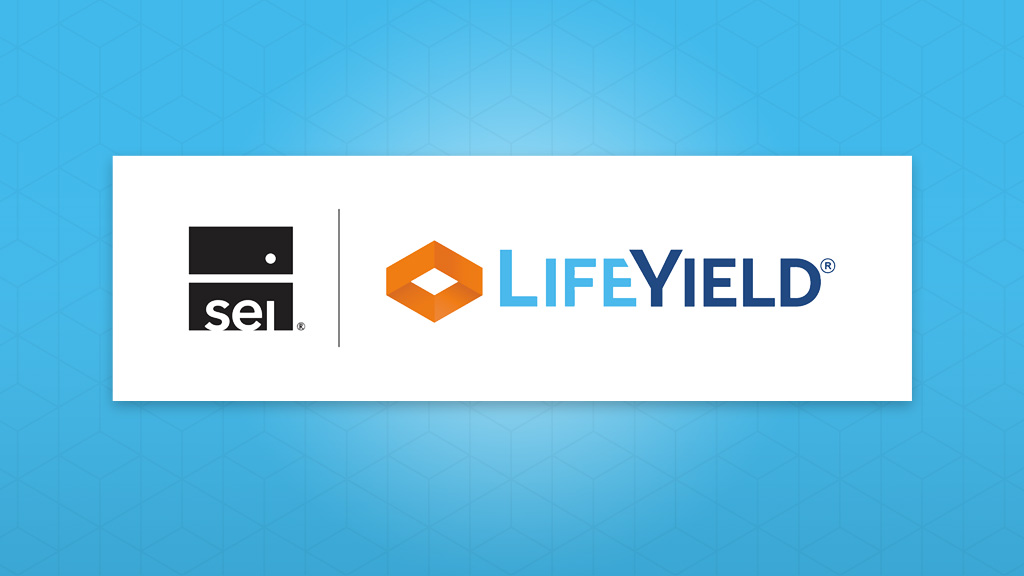How Model Portfolios Help Advisors and Firms Grow Net New Assets

Today’s typical financial advisor has shed (or shredded) their business dress for a hoodie, baseball cap, and whistle. Investors are looking for a coach and a sounding board more than a savant who can sniff out the next Amazon or Apple.
As advisors dedicate most of their time to financial planning, client service, marketing, and prospecting, they increasingly use model portfolios managed by institutional-quality investment teams like BlackRock, Fidelity, and Vanguard.
Model portfolios can check the boxes for asset allocation, diversification, risk management, personalization, and the ability of investors to meet their financial goals. Broadridge Financial Solutions calls model portfolios “one of the strongest forces currently reshaping the financial product distribution landscape.”
Broadridge estimated that more than 80% of advisors in the United States use model portfolios in some way. Estimates of the asset base for model portfolios are that they have already exceeded $3 trillion and, in a few years, will reach $10 trillion.
These data points reflect not just advisors’ and firms’ embrace of model portfolios but also individual investors’ growing confidence and trust in model portfolio strategies.
In this blog, I’ll dive a bit into the advantages of model portfolios for investment firms and their advisors and why it’s likely that model portfolios will grow even more dominant. I’ll also talk about the need for financial advisors to contemplate how they can apply models to their clients’ best advantage across a multi-account household portfolio.
Advantages of Model Portfolios for Investment Firms
The increased adoption of model portfolios benefits individual investors while it presents a wealth of opportunities for investment firms. First, firms can demonstrate their expertise in risk management and market dynamics by offering well-defined strategies and asset allocation models.
Moreover, model portfolios allow firms to scale their operations. By streamlining investment processes, model portfolios can lead to operational efficiencies and cost savings. They also facilitate a more standardized approach to investing, which can help decrease regulatory concerns and increase client transparency.
Finally, with the rising popularity of model portfolios, these offerings can serve as a key differentiating factor for investment firms in an increasingly competitive market. By continuously refining and enhancing their model portfolio offerings, firms can attract and retain a more extensive client base, ultimately driving revenue growth.
Many large firms have already recognized that when advisors spend less time on security selection, they are free to do activities that lead to the expansion of their client base and increase their assets under management (AUM).
Indeed, many large firms now have investment committees that provide strategic oversight and performance monitoring to support their clients and advisors. Those duties may include the selection of model portfolio managers for advisors. Investment committees also support firms’ needs to see that advisors meet stringent compliance requirements for suitability and transparency.
Advantages of Model Portfolios for Financial Advisors
Financial advisors of late have sent a message: They need more time to spend with clients. A recent J.D. Power U.S. Financial Advisor Satisfaction Survey found that almost one-third of advisors surveyed said they did not have enough time to spend with clients because administrative and compliance demands took so much time.
Turning more frequently to model portfolios allows advisors to open time in their calendars to network and develop relationships, communicate with clients, and deliver five-star service.
The days when investors expected their financial advisor to have their nose to the stock ticker have passed, too. Today’s investors appreciate the science of modern portfolio management. They know how institutional portfolio managers often outperform most indices. Model portfolios, investors understand, allow them to take advantage of structured, research-backed investment strategies managed by experts just like Harvard or the Bill and Melinda Gates Foundation.
Another benefit of model portfolios is that they can enhance risk management. With a well-diversified asset allocation, model portfolios can help mitigate market volatility and potential investment risks. When advisors can assure clients that they remain on track toward their goals, those advisors will retain more accounts.
Moreover, model portfolios, despite their name, offer the ability for customization – something many clients desire, particularly as their assets grow. Advisors can choose from various portfolio models, each catering to different risk tolerances and investment goals. This flexibility ensures advisors can better tailor investment strategies to each client’s needs and objectives.
Another point about model portfolios is that they can help an advisor build trust with clients through transparency. Model portfolio managers provide a clear view of the investment strategy, asset allocation, and potential risks. That information helps advisors converse with clients who are fretting over performance or have questions about long-term investing.
Applying Model Portfolios to Clients’ Taxable and Tax-Advantaged Accounts
Financial advisors can leverage model portfolios in taxable and tax-advantaged accounts such as individual retirement accounts (IRAs) and Roth IRAs. The key is doing so in a way that maximizes tax savings and optimizes outcomes, including the ability to create a stream of income from accounts in retirement.
In taxable accounts, advisors can use model portfolios that prioritize tax efficiency. These portfolios typically include tax-efficient assets like index mutual funds or exchange-traded funds (ETFs) that generate less short-term capital gains, thus minimizing the tax burden.
Further, advisors can employ strategies like tax-loss harvesting within these portfolios to offset gains with losses, enhancing tax efficiency.
An advisor may recommend model portfolios oriented toward growth and income for tax-advantaged accounts like IRAs and Roth IRAs. Model portfolios for tax-deferred or tax-free accounts can lean more heavily towards investments that generate higher returns or regular income, like dividend-paying stocks or bonds. Such assets take full advantage of these accounts’ tax benefits.
The Next Frontier for Model Portfolios: Enabling the Unified Household Approach
Model portfolios, as we’ve seen, seem well suited for many of the challenges faced by advisors and firms today. Their limits, however, are partly what advisors and firms place on them by taking a one-product, one-account approach to client engagements.
Cerulli Associates and others have documented that advisors and firms recognize that the next summit to conquer in financial advice is the unified managed household (UMH). Investors, particularly as they approach retirement, understand the importance of taking a household view of their accounts.
With a unified approach to financial planning and wealth management, advisors can do what clients are demanding most – minimizing their taxes and preparing them for retirement. UMH can be a boon to advisors because it encourages asset consolidation – all the taxable and tax-advantaged accounts in a household – with a single advisor firm.
It’s easy to understand how models support better financial advice within single accounts, taxable or tax-advantaged. For example, a new client, referred by his accountant, wants to open a Roth IRA. The advisor may select a growth-and-income model from a major investment manager vetted by their firm’s investment committee.
Impressed by the advisor’s service, the client says, “I have a brokerage account that I’m not managing very well, and I just left my job and have $75,000 in my older employer’s 401(k). Can you help me with those?
At that point, an advisor may recommend the same or a different model based on the client’s timeline, risk tolerance, and need for diversification. But now, this advisor is managing three accounts with different tax treatments. The single model/single account approach potentially deprives investors of opportunities to save more in taxes and keep more for their goals, including retirement income.
LifeYield was founded 15 years ago to crack this problem. And we have. The methodology that underlies our technology was rigorously analyzed and tested by EY, which concluded that our multi-account, household-level approach improved investor outcomes by up to 33%.
Our tax efficiency solutions support firms and advisors in adopting model portfolios. We’d be happy to show you how.
Monthly insights from our Chief Growth Officer, Jack Sharry
Get exclusive insights and interviews from around the industry

 By
By 




